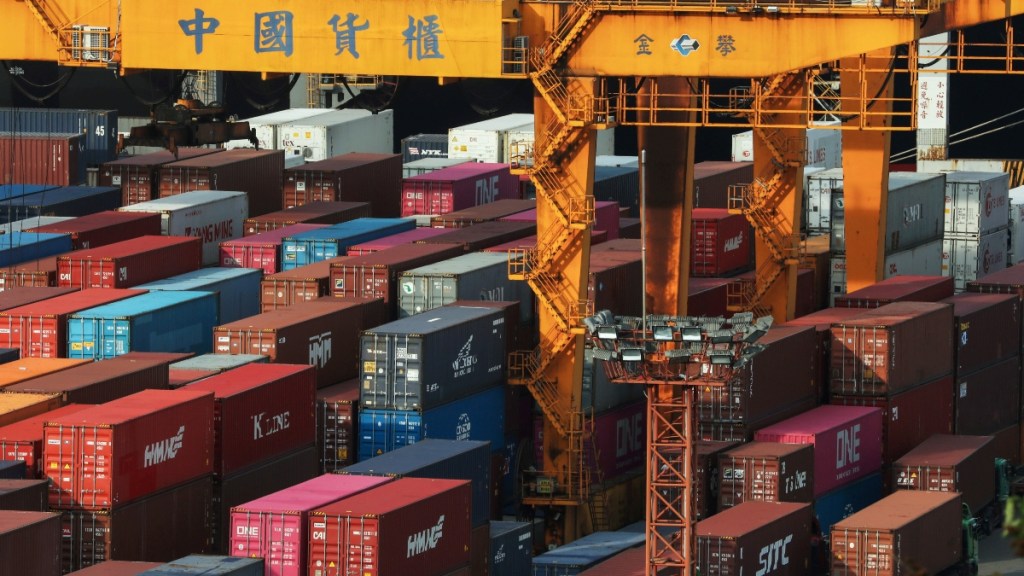By Prof Lin, Hsiao-Chen
In 2019, TSMC founder Morris Chang stated that TSMC has become a geopolitical battleground due to its technological advantages. With the escalating tech war between the US and China, semiconductors have increasingly been recognized as a strategic national industry. Two years later, TSMC recruited political economy and international relations PhDs as business analysts to find clearer directions in the increasingly ambiguous geopolitical landscape.
Merely diversifying risks will not make the world safer. Morris Chang believes, “Is there anything concrete that can protect you? No, only value can protect you.” Besides its technological advantages, Taiwan’s close military and economic ties with the US enhance its trustworthiness in American eyes. This trust is a crucial reason why Taiwan stands out in technological competition with Japan and South Korea. Market demand dictates everything, and the US chip sanctions have shown that technology ceases to be an advantage without orders.
Despite being a manufacturing giant, why can’t India seamlessly cooperate with Taiwan on supply chain resilience? Several factors contribute to this. Firstly, India perceives Taiwan as a US follower, seeing no need to engage in commercial negotiations with Taiwan and treating the semiconductor supply chain as a general technological and industrial transfer issue. Additionally, India’s friendly relations with Russia and established Japanese and South Korean investments in India make Taiwan relatively less prominent. Furthermore, India’s Act East Policy and Taiwan’s New Southbound Policy have not effectively linked the two countries, extending only as far as the ASEAN region. Yet, under current geopolitical influences, the Ukraine war and the Gaza conflict show no signs of ending. Theoretically, such a situation should accelerate the US and its allies in moving supply chains from China to important allies in the Indo-Pacific strategy—specifically, the Indian market. However, this effect is not evident, indicating that geopolitical considerations are the primary reasons for supply chain relocations.
The US considers that if India becomes the third-largest economy, leveraging its long-standing alliance with Russia and reconciling with China, the global political landscape could change dramatically. Since the Ukraine war, some of India’s actions have validated US suspicions. India has been purchasing cheap energy from Russia while enhancing military procurement with France instead of the US. Furthermore, India’s determination to secure a permanent seat on the UN Security Council is evident.
With the new government under President Lai Ching-te taking office this year, Taiwan’s role in the Indo-Pacific framework has been redefined, emphasizing its strategic importance in technology and innovation. A significant development this year is the establishment of an AI innovation hub in Taiwan, attracting global investments and proving Taiwan’s value lies in its advanced technology. This new role underscores why Indo-Pacific members, including the US, Japan, and the Philippines, continue to prioritize the security of this advanced technology center. Contrary to China’s narrative, the Taiwan Strait represents the stability of advanced technology rather than a military conflict hotspot. Any country that disrupts the security of the Taiwan Strait is effectively opposing the world, given Taiwan’s control over valuable strategic resources in advanced technology.
Structurally, the collaboration between India and Taiwan in the semiconductor supply chain is still not robust, reflecting the instability of geopolitical security. This instability pertains not only to Taiwan but also to the entire Indo-Pacific region’s mistrust of India, whether from a commercial or strategic perspective. The EU is not entirely an expert in AI, and Japan and Germany rely on Taiwan to establish semiconductor supply chains in their countries. Additionally, Japan’s geopolitical position facing Russia and the North and South Korea issues makes Japan a strategic stronghold, with the US placing heavy weaponry in Japan and advanced technology in Taiwan, highlighting Japan’s critical strategic value.
India must be cautious in selecting advanced technology partners because, as India rapidly rises, the international system is also evolving. Taiwan plays the role of a provider of advanced technology, even with the US backing it. However, it is essential to recognize that not all technology can be acquired through financial means alone. Currently, India can attract capital to establish a manufacturing base domestically, but advanced technology is a different matter. Without a shared vision in the Indo-Pacific region, attracting capital might still fail to bring in advanced technology. Cutting-edge technology requires more than financial investment; the worst-case scenario is having the financial resources but being unable to secure the necessary technology, as evidenced by China’s inability to procure advanced semiconductor manufacturing capabilities due to geopolitical constraints.
Reflecting on the past bilateral relationship between India and Taiwan, Taiwan has consistently aimed to introduce advanced technology to India, train more technological talent, and foster better industrial upgrades. At this stage, bilateral economic and trade relations remain hindered by investment environment challenges. However, the two countries have not yet fully recognized another more crucial issue: the development of the Indo-Pacific alliance is being impeded because Taiwan’s semiconductor supply chain shift to India has not been fully embraced.
For India, completing this puzzle could make its economic ambitions the biggest winner in the geopolitical landscape in five years.
(The author is Assistant Professor, Graduate Institute of International Affairs and Strategic Studies (GIIASS) at Tamkang University & Member of Taiwan’s 2024 Ministry of National Defense QDR Advisory Committee.)
(Disclaimer: Views expressed are personal and do not reflect the official position or policy of FinancialExpress.com Reproducing this content without permission is prohibited.)

